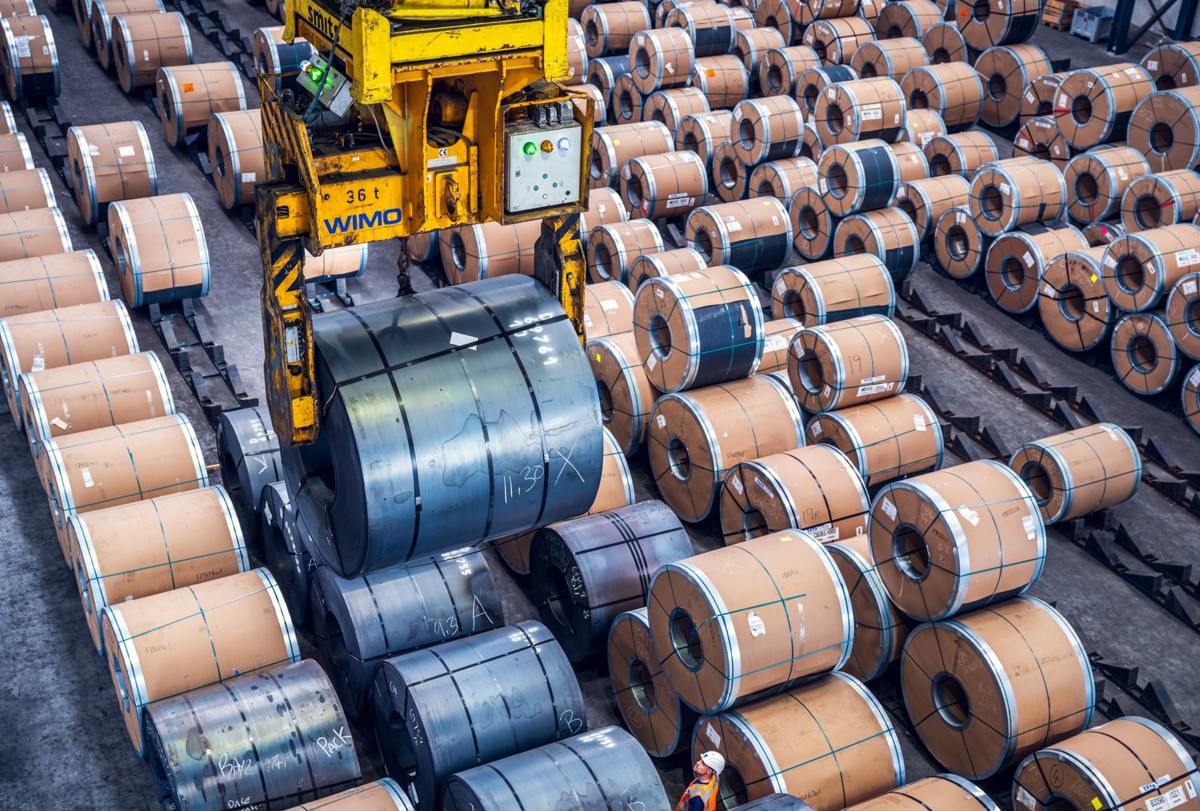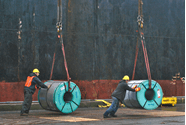Overseas

January 7, 2014
Asian Scrap & Steel Markets Contrary to U.S.
Written by Damon Sun
Market sentiment in Asia is contrary to the United States. Finished steel sales have been very lackluster and slow. Main causes:
• Exchange rates: US$ has been stronger recently, approximately 1.3-1.5% against most Asian currencies. This affect on exchange rates also is affecting Turkish buyers. On a currency exchange difference from 3 weeks ago, it is approximately $5/mt difference.
• Weak Finished Product sales: With the Chinese Lunar New Year approaching at end of January, most steel stockists will not restock until after the Lunar New Year. This is on top of already somewhat weak demand. Overall steel demand in Taiwan for 2013 is down approximately 20%.
• Japan Scrap Prices: Since last week, Tokyo Steel in Japan has dropped buying prices for steel scrap 500Yen last week and 500Yen this week. Total 1000 Yen or approximately $9.50/MT.
• Threat of China – although there has not been large quantities of Chinese steel sold into the Asian markets. The Chinese mills export quotes have kept finished product prices relatively low, despite the recent scrap price increases. This, with a continued threat of large export sales, has kept stockists at minimal levels in Asia as well.
Overall, prices of containerized HMS 80:20 are down $7-$10/mt from the high in mid December to $365/mt cfr levels in Taiwan and Korea. South East Asia is approximately $5/mt lower. Iron ore prices rather stable at $136/dmt and pig iron prices still $410-$415/mt cfr levels.
We are also seeing in the Asian steel markets is a liquidity issue. Several mills in Korea and Taiwan, and steel stockists as well, are relatively cash flow short with banks unwilling to issue new loans. The overall health of the steel industry for 2013 in Asia has been relatively poor. In the 4th quarter, there has been a resurgence in the Japanese sector on rebuilding and auto sector, mainly on Abenomics and the depreciated yen.
For the remainder of January, I still see weakened sentiment. If there is a short term recovery, it will have to happen after the Lunar New Year in February.
Damon Sun is the author of the this article and he is with Daido International.






